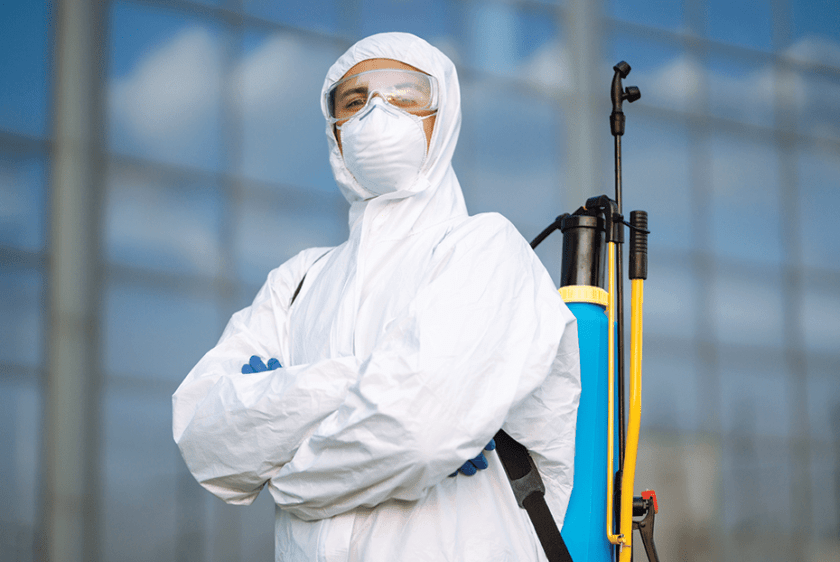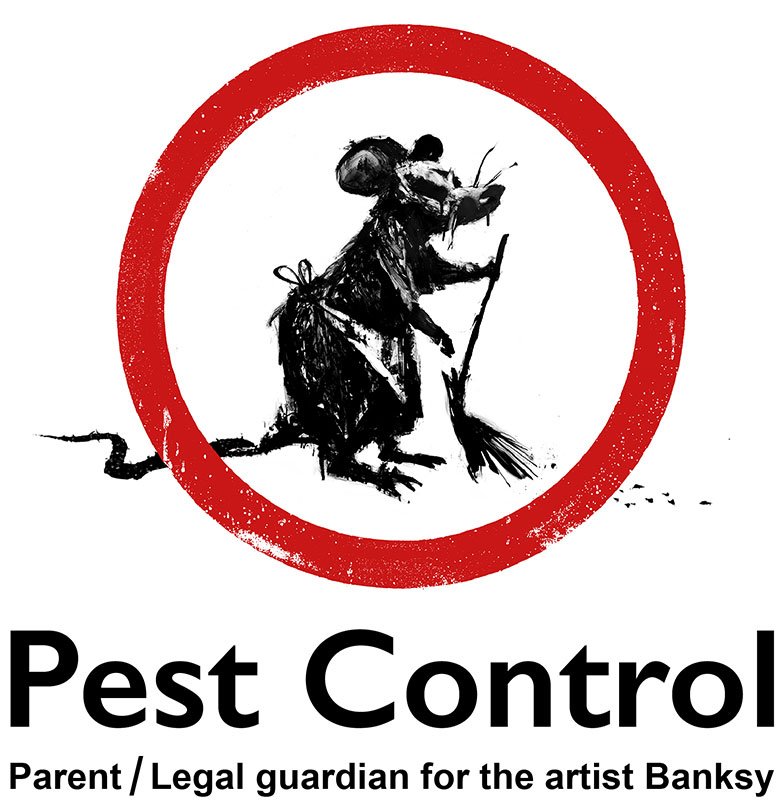Exploring Infestation and Treatment Approaches in the World of Parasite Control
The landscape of parasite control includes a myriad of difficulties, specifically as invasions of typical home parasites remain to advance. Understanding the habits and reproductive patterns of these problems is important for establishing efficient therapy strategies. By incorporating safety nets with innovative monitoring techniques, such as Integrated Pest Management (IPM), house owners can much better safeguard their environments. The efficiency of these techniques may differ substantially based on particular scenarios. What hidden aspects add to the success or failing of these methods in different settings?

Common Home Pests
When it pertains to handling our home, comprehending typical family pests is essential. These bugs not only disrupt our comfort but can also posture health threats and damage property. The most widespread home parasites consist of ants, cockroaches, rats, termites, and bed bugs.
Ants, often seen foraging in kitchens, can infect food and develop huge nests. Rodents, consisting of computer mice and rats, can trigger structural damages and bring diseases like hantavirus and salmonella.
Identifying the indications of these insects, such as droppings, nests, or bite marks, is important for early intervention (Pest Control Lockhart). Proper hygiene techniques, securing access factors, and maintaining a clutter-free environment are reliable preventative measures. By determining these common household pests and recognizing their actions, house owners can take proactive steps to alleviate infestations, ensuring a healthier living setting
Recognizing Insect Infestations
Parasite infestations can intensify swiftly, turning a small inconvenience right into a considerable problem if not dealt with immediately. Usual elements adding to invasions consist of inadequate cleanliness, structural vulnerabilities, and seasonal changes that drive bugs indoors.
Identifying the kind of insect is vital, as various species display diverse habits and reproductive rates. Rats may develop nests in covert locations while pests like cockroaches prosper in damp atmospheres. Early detection frequently pivots on identifying signs such as droppings, gnaw marks, or uncommon noises, which can show a problem before it becomes extreme.
Warm, humid environments can promote the rapid growth of bug populations, while modifications in landscape design or construction can accidentally create helpful environments. An enlightened method to recognizing these characteristics lays the foundation for effective pest administration approaches in the future.
Therapy Techniques and Techniques
Effective therapy approaches and methods are necessary for alleviating insect problems and restoring a safe atmosphere. A multifaceted method is usually best, integrating chemical, organic, and mechanical methods customized to the specific pest and the intensity of the invasion.
Chemical treatments consist of the use of pesticides and herbicides, which can properly eliminate bugs. Proper application and adherence to safety and security standards are critical to decrease dangers to human beings and non-target microorganisms. Integrated Parasite Monitoring (IPM) motivates the sensible use chemicals as a last hotel, relying instead on monitoring and limit levels to establish intervention needs.
Biological control methods include presenting natural predators or parasites to decrease bug populations. This method is significantly popular, particularly in farming setups, as it promotes ecological sustainability.
Mechanical approaches, such as traps and barriers, give instant remedy for pests without presenting chemicals. Choices include sticky traps look at this site for bugs or physical obstacles for rodents.
Eventually, the selection of treatment technique must consider the certain pest, the environment, and prospective effect on human health and wellness and environments. A well balanced mix of these strategies can successfully manage infestations while promoting long-lasting parasite control remedies.
Preventive Actions for Residence
Proactively addressing pest problems before they intensify is crucial for keeping a healthy home environment (Pest Control Lockhart). Carrying out effective safety nets can significantly lower the probability of invasions, ultimately guarding both your building and well-being

Correct landscape design additionally plays an essential role in avoidance. Keeping bushes and trees cut away from your house reduces the opportunities of pests finding their means indoors. Make sure that drain systems are functioning successfully to stop standing water, which can draw you can look here in insects and other insects.
Finally, routine assessments are advisable. Consistently looking for signs of bug task permits early treatment. By taking on these safety nets, house owners can develop a setting that is less congenial to bugs, therefore enhancing their overall quality of life and lowering the need for substantial parasite control interventions.
Business Bug Control Approaches
An extensive strategy to industrial insect control is crucial for companies intending to keep a secure and sanitary atmosphere. Efficient methods entail a mix of normal evaluations, employee training, and the implementation of Integrated Pest Management (IPM) methods.
Regular inspections make it possible for early discovery of insect task, permitting prompt intervention. Services must develop a routine timetable for these analyses, concentrating on risky locations such as kitchens, storage space areas, and waste disposal websites. Employee training is similarly important; personnel must be informed on the indicators of parasite infestations and the relevance of reporting them instantly.
Carrying out IPM techniques helps mitigate parasite issues sustainably. This consists of habitat modification, such as sealing access points and lowering clutter, in addition to employing all-natural deterrents before resorting to chemical treatments.

In addition, working together with a licensed insect control supplier makes certain access to expert understanding and advanced treatment choices. This partnership can cause personalized pest control prepares tailored to the details demands of business, lessening risks and boosting total efficiency. Ultimately, a proactive and informed approach cultivates a pest-free setting, safeguarding both public health and organization reputation.
Conclusion
In conclusion, efficient parasite control demands an extensive my company understanding of typical home insects and their behaviors, paired with targeted therapy methods. Applying preventative actions together with therapy techniques such as Integrated Insect Administration and biological control enhances the capability to mitigate invasions.